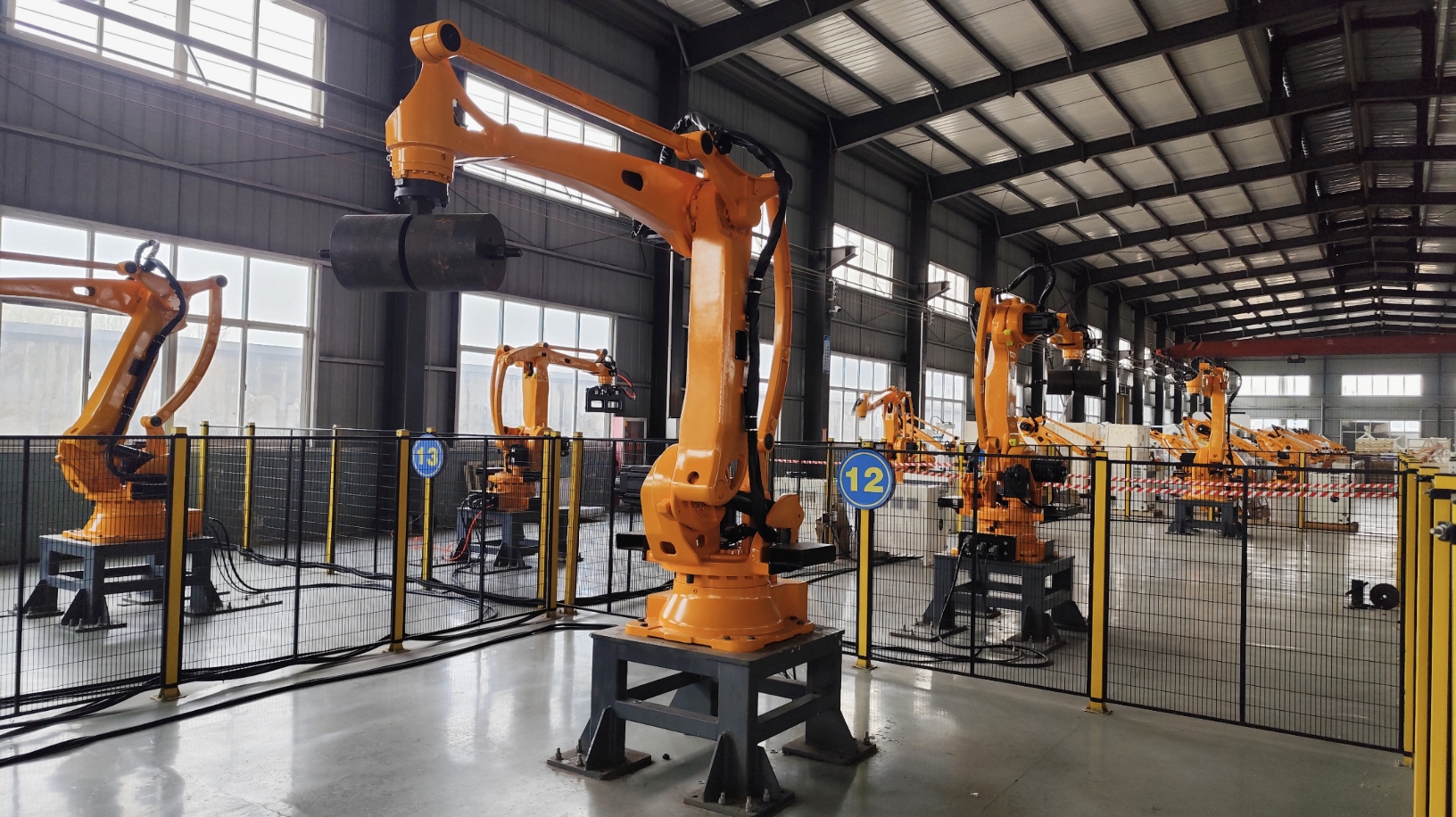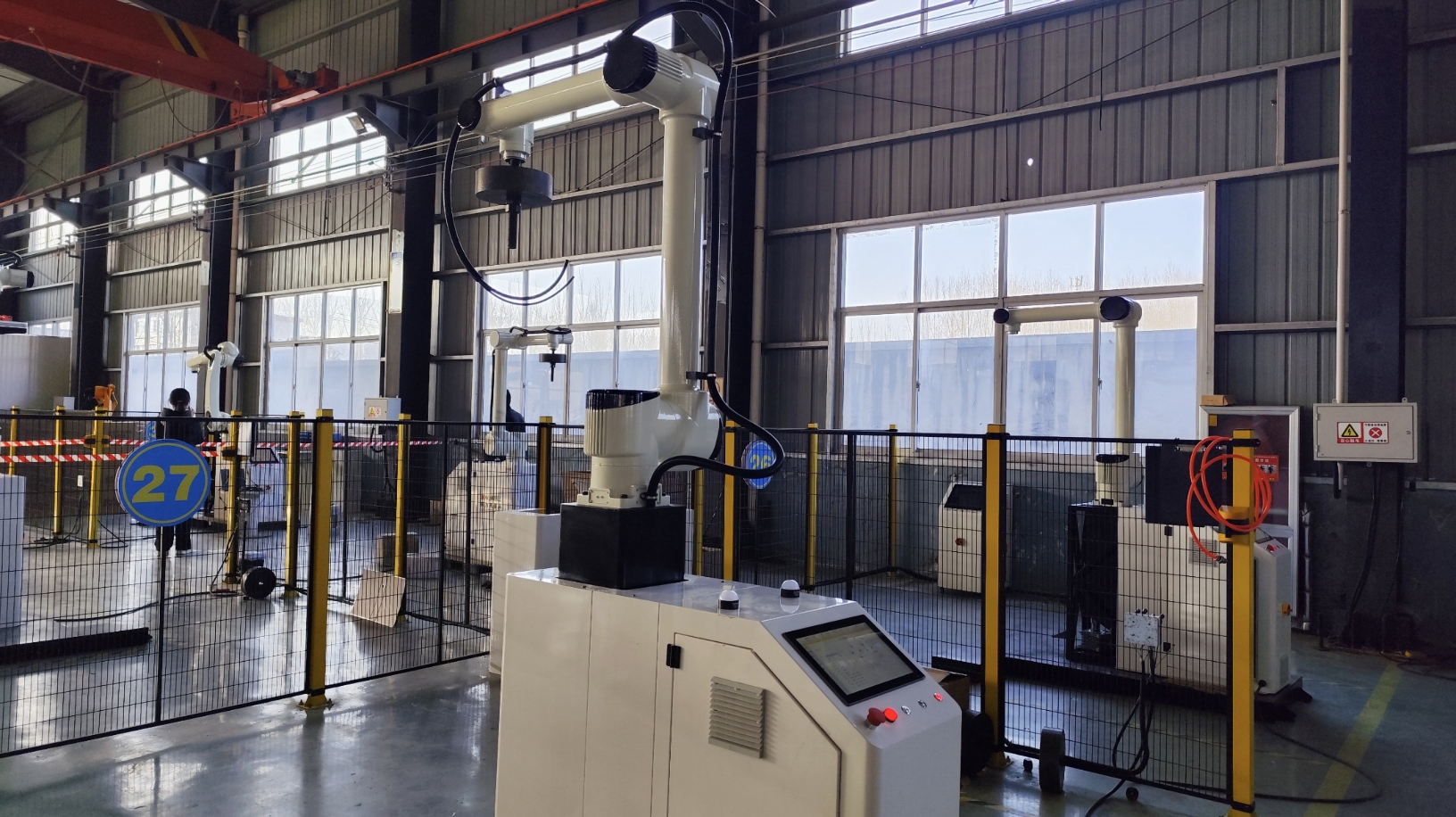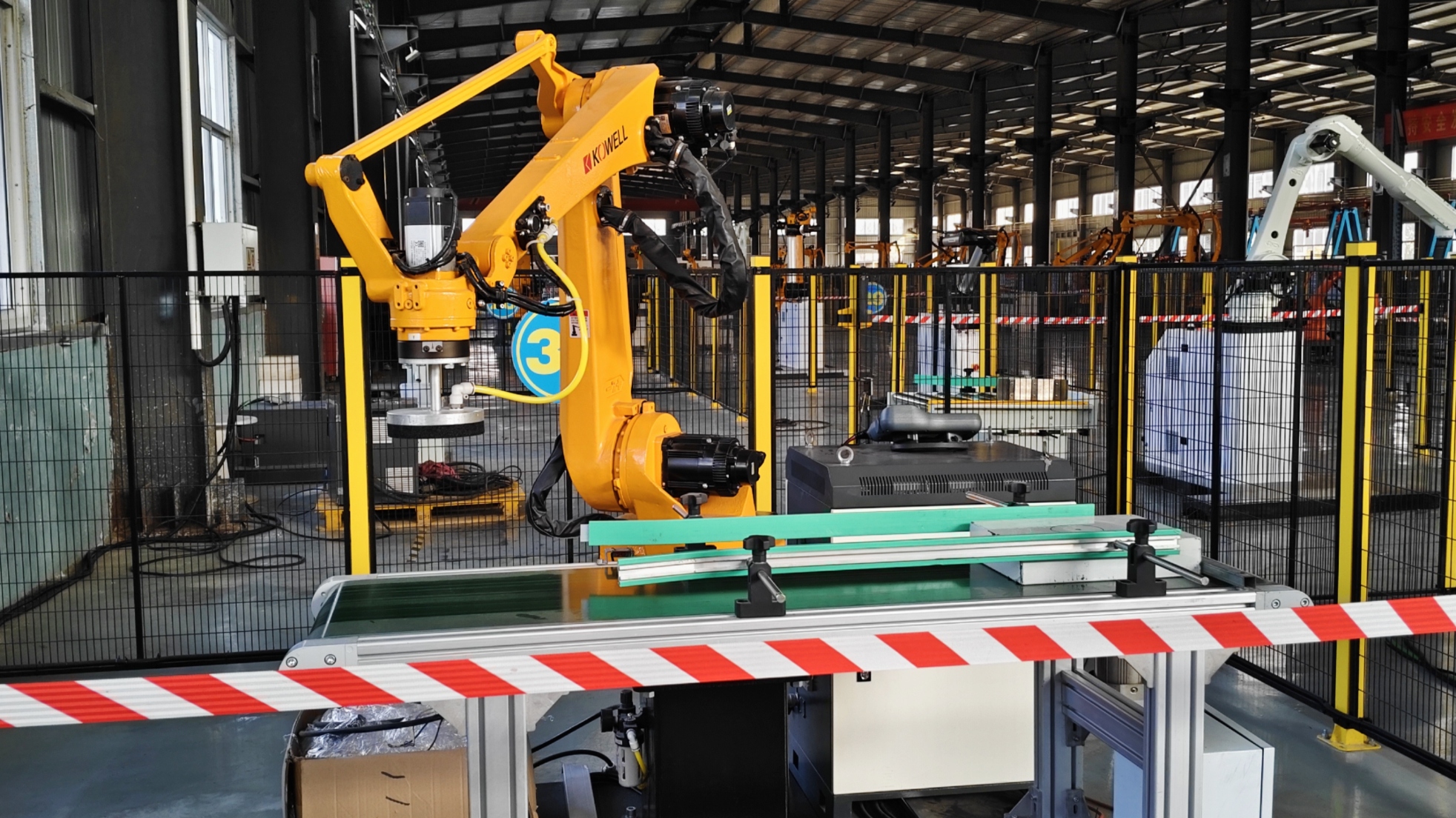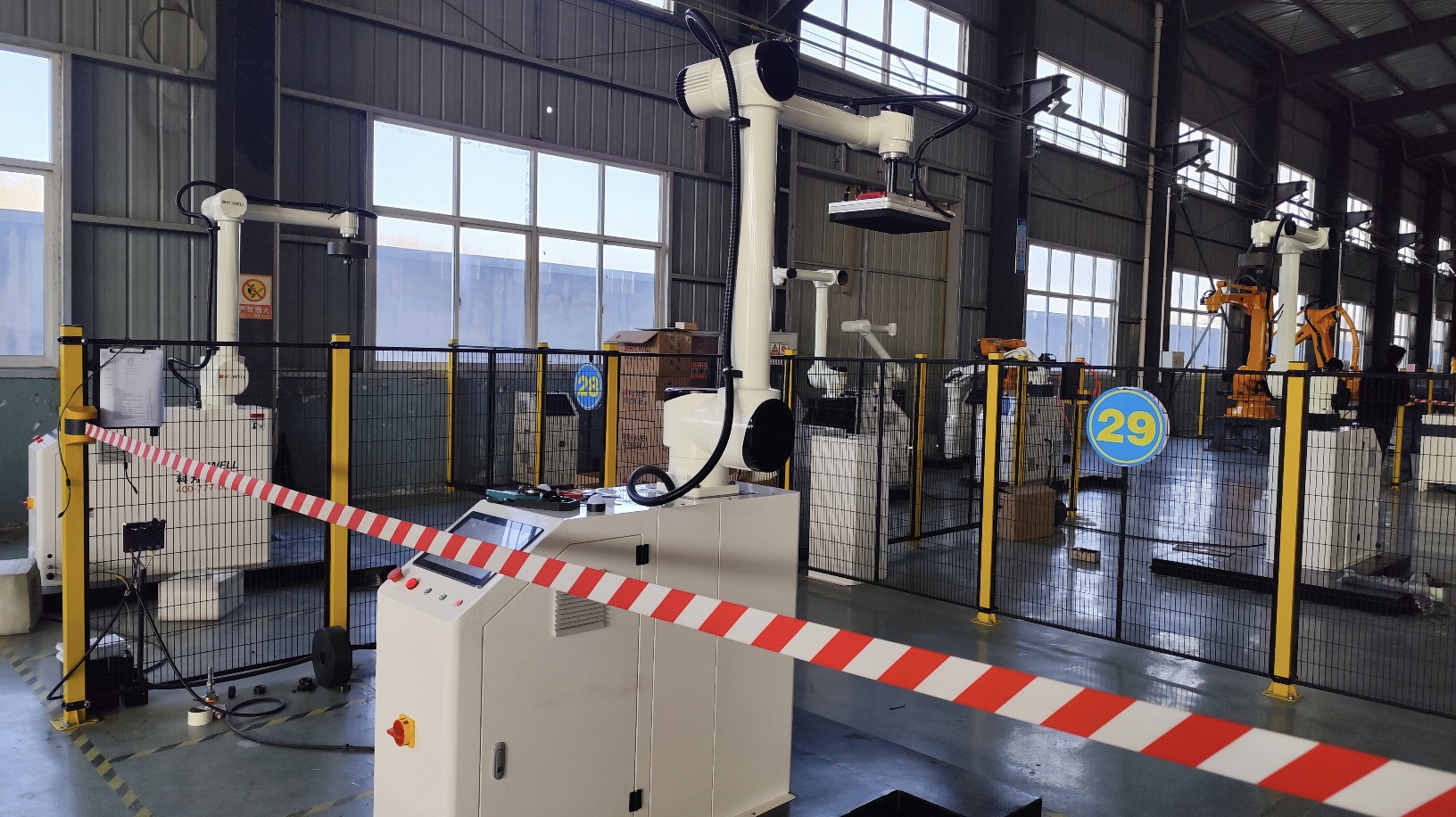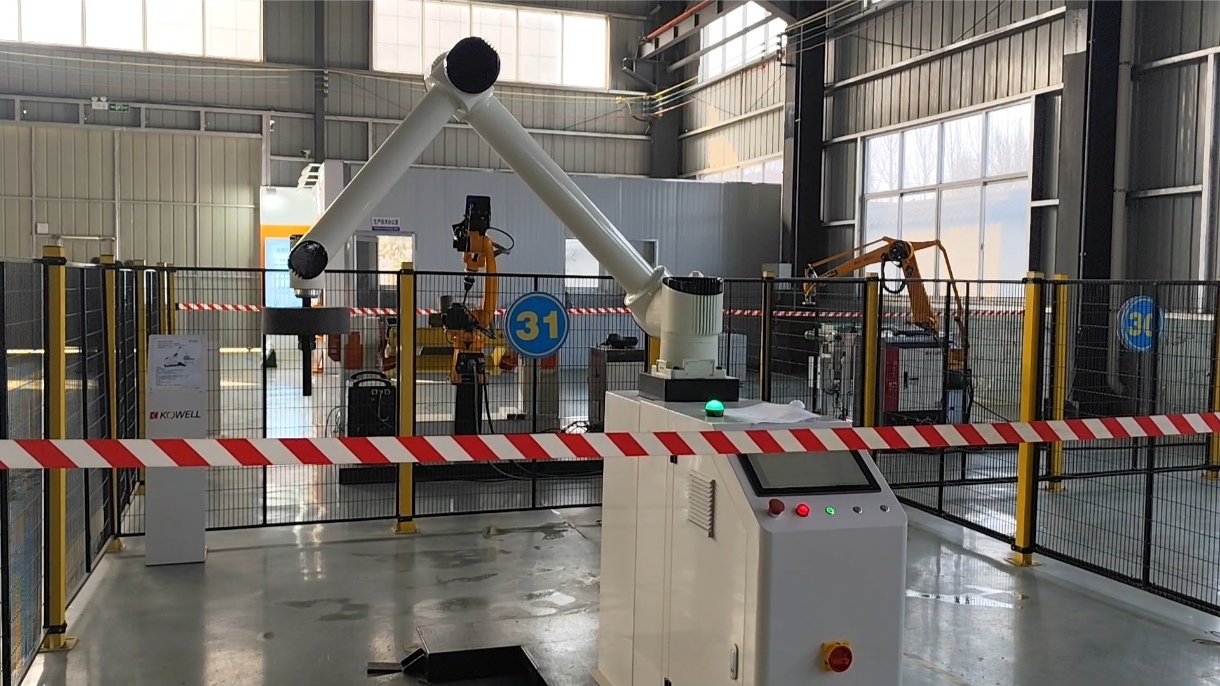With the continuous advancement of Industry 4.0, the manufacturing industry has entered a new era, and automation technology has gradually penetrated into all aspects of production. In this wave of technology, palletizing robots, as an important member of industrial automation equipment, are changing the traditional production model with a speed and efficiency that cannot be underestimated. In this process, the cooperation between humans and machines has also ushered in new challenges and opportunities. Through the deep collaboration of intelligent robotic arms and human workers, production efficiency and safety have been significantly improved.
Complementarity between humans and machines
The traditional production model usually relies on a lot of manual operations, especially in positions with high repetitiveness and high physical labor intensity, which puts a heavy physical burden on workers and makes them prone to errors. The emergence of palletizing robotic arms effectively solves this problem. The robotic arms have high accuracy and stability and can perform the same tasks without errors for a long time, such as stacking and loading products at the end of the production line. It not only reduces human errors, but also improves production efficiency.
However, although the robot arm can complete a large number of heavy tasks, it still cannot replace human flexibility and judgment. When faced with complex production problems, humans can make decisions quickly and adjust the production process in emergencies. The operation of the robot arm, especially in the palletizing task of irregular objects, still requires human intervention and adjustment. Therefore, the "breakthrough challenge" of the palletizing robot arm lies in how to achieve deep cooperation between humans and machines, give full play to their respective advantages, and achieve a win-win situation.
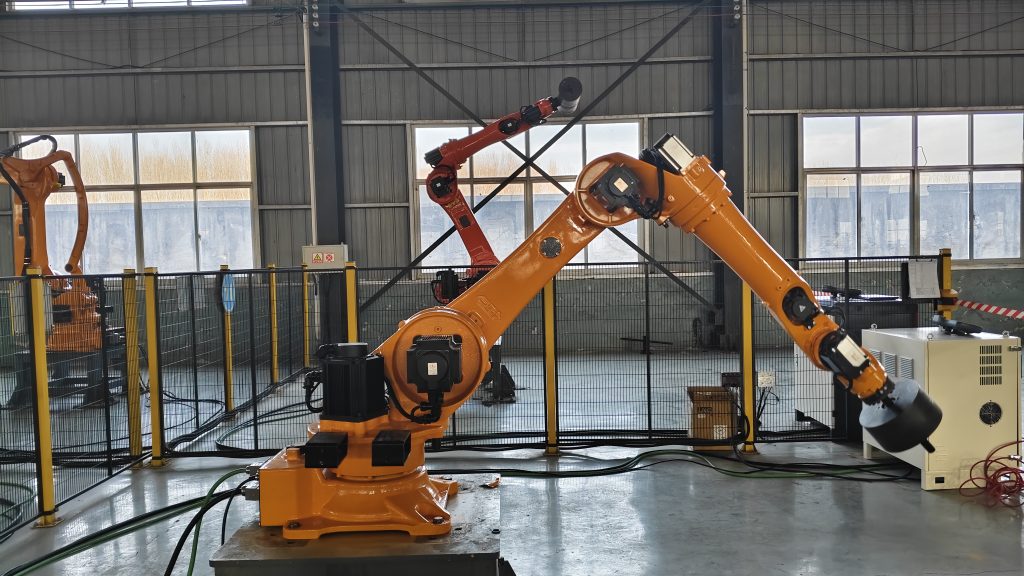
Integration of intelligence and automation
In the past, palletizing robots were mostly used for simple, repetitive tasks, but with the rapid development of artificial intelligence technology, palletizing robots now have the ability to self-learn and optimize. Through deep learning and visual recognition technology, the robot can autonomously judge objects of different shapes and sizes, and accurately palletize by adjusting the movement trajectory. This technological breakthrough enables the robot to not only adapt to different production environments, but also collaborate more smoothly with human workers.
For example, on some production lines that require manual adjustments, human operators can adjust task allocation in real time through interaction with the robotic arm to ensure smooth workflow. Human workers can track the working status of the robotic arm in real time through the monitoring system. Once a deviation occurs, the worker can immediately intervene and make necessary adjustments. At this point, the cooperation between humans and machines is no longer a simple "substitution relationship", but a "synergy" has been formed, and the two work together to cope with complex production challenges.
Improve production efficiency and safety
The popularity of palletizing robots has brought significant efficiency improvements to many traditional manufacturing industries. In many industries, automation has become a key driver for improving production efficiency. For example, the logistics industry uses automated palletizing robots to quickly and efficiently handle a large number of items, significantly shortening the transit time from the production line to the warehouse. In addition, automation also reduces the risk of occupational diseases caused by long-term repetitive labor, such as back pain and shoulder pain in workers, which has been effectively alleviated.
From the perspective of safety, the introduction of robotic arms reduces the direct contact of human workers with high-temperature, high-speed production equipment. Especially in high-risk fields such as chemicals and heavy industries, robotic arms replace workers in dangerous operations, reducing the probability of accidents. The cooperation between humans and machines also makes the production environment safer and more comfortable.
Facing future challenges
Although the palletizing robot arm has shown great potential in many aspects, it still faces some challenges. First, the adaptability of the robot arm still needs further improvement. Although modern technology has given the robot arm a strong intelligent recognition ability, in the face of changing production needs, how to make the robot arm adapt to new tasks more quickly and accurately is still a technical problem. Secondly, how workers can maintain a good cooperative relationship with the robot arm is also an important issue that enterprises must consider when applying automation equipment.
With the continuous development of new technologies such as artificial intelligence, the Internet of Things, and 5G, the future palletizing robot will not only be limited to the execution of a single task, but will be able to be highly integrated with other equipment and systems to form a more complex automated production network. In this process, the collaboration between man and machine will enter a new era of greater sophistication, flexibility, and intelligence.
Conclusion
In general, the "breakthrough challenge" of palletizing robotic arms is not only a technological breakthrough, but also how to enable humans and machines to collaborate in the production process. With the continuous advancement of technology, the cooperation between humans and robotic arms will become more efficient and intelligent. Through this cooperation, production efficiency, quality control and worker safety will be significantly improved, thereby promoting the innovation and upgrading of the entire industrial production model. The win-win situation between humans and machines is the key to the future development of the manufacturing industry.
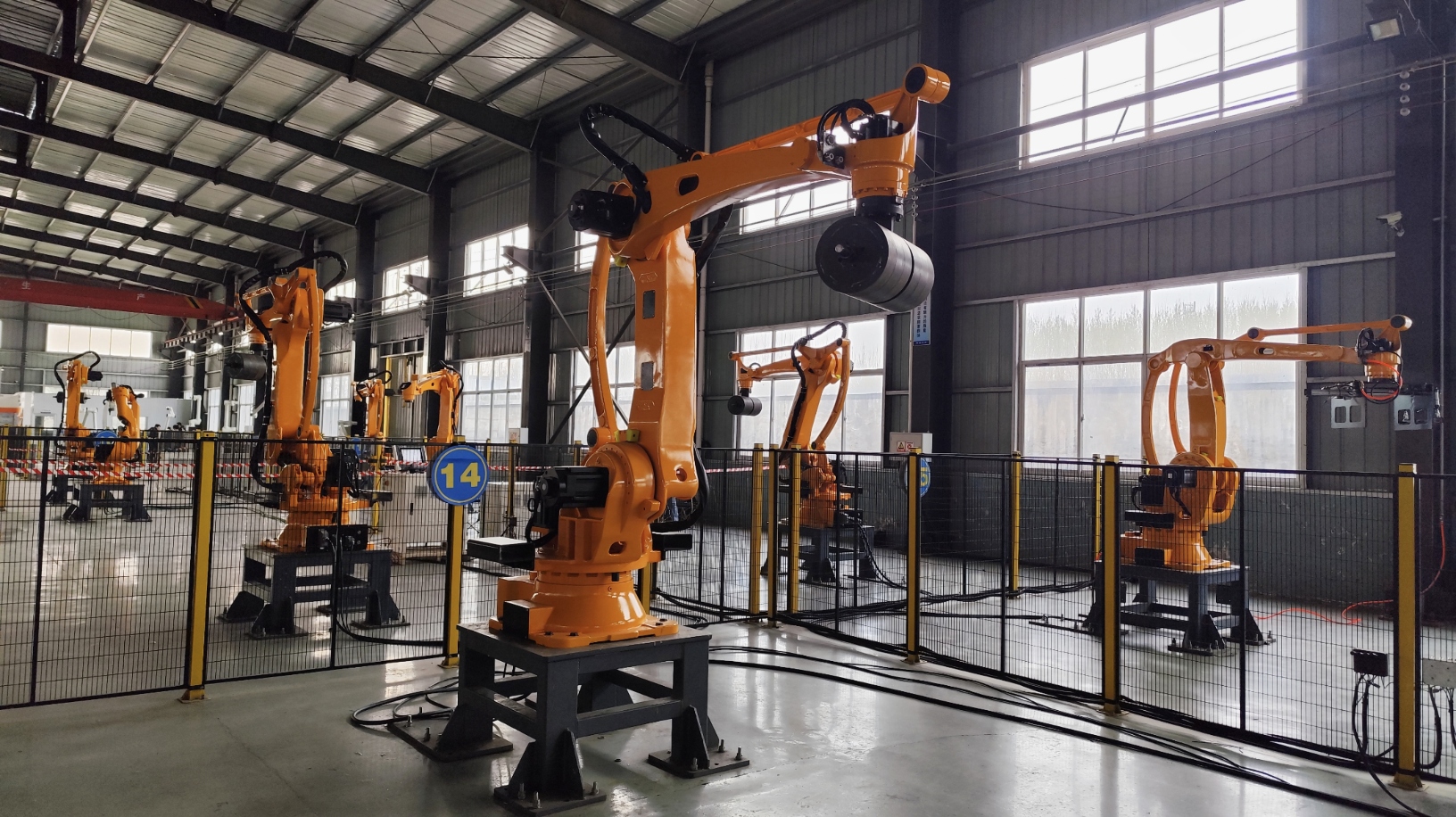
Online Consultation
Hello, the current customer service is offline. You can leave your contact information and the staff will respond to you as soon as possible!


